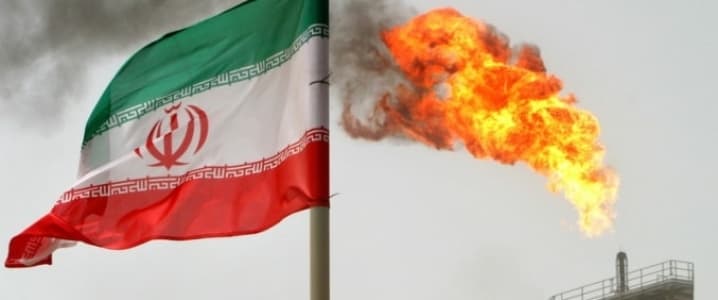Iran has been raising eyebrows with its unwavering determination to put its energy industry back on its feet since most Western sanctions against Tehran were lifted last year, and its progress so far is considerable.
The news from the last two weeks alone include crude oil output close to 4 million barrels daily; the National Iranian Oil Company shortlisting 29 foreign companies to take part in oil and gas tenders to take place later this quarter; and the National Iranian Gas Company announcing it wants to build a US$2.5-billion trunk gas pipeline, in partnership with Russian energy firms.
Also since the start of January, an insurance business group announced that it has found a way around the remaining U.S. sanctions against Iran, and will now offer almost full coverage for export-bound Iranian crude shipments, excluding U.S.-based sector players. This will help Iran further boost its oil exports and possibly start filling gaps left by its regional rival, Saudi Arabia, which had to slash its own output by almost half a million barrels as per the OPEC agreement from November 30 last year.
These reports paint a pretty rosy picture for Tehran, but as usual, the reality isn’t quite as clear cut. At the end of last year, the Arab Petroleum Investment Corporation, a Saudi Arabia-based firm, published a report in which it acknowledged Iran’s progress, but warned that a lot of challenges remain, such as the lack of capital; U.S. sanctions, which are making the likes of BP and Shell wary of returning to Iran; red tape, which invariably hampers the inflow of foreign investment; and, perhaps most importantly, the forthcoming May presidential elections. Related: North Sea Oil Producers Cash In On Asian Demand, OPEC Deal
Current president Hassan Rouhani is the leader of the reformists in Iran’s politics. It was thanks to this reformist camp that the new International Petroleum Contract was developed and—despite conservative opposition—approved it, demonstrating to international oil companies the country’s commitment to restarting its energy industry. It was this reformist camp that sealed several major oil and gas development deals that will see Iran get closer to its stated daily output goal of 5 million barrels by 2020.
The problem now is that there is no certainty that Rouhani will be elected for a second term. Iranian politics lack a system of formal political parties, and there are various groups that could theoretically come up with an attractive candidate for the May vote, especially in the current situation, which, according to one regional observer from Russia, is ripe for a change in political discourse. The picture is still pretty blurry even for Iranian political analysts, so wariness and uncertainty among energy players is understandable.
Then there is Donald Trump, the 45th President of the United States, who was sworn in last Friday. Trump has said on more than one occasion that the deal that the West struck with Tehran aiming to stop its nuclear program was unfair, and now all eyes are on him to see how he will approach the issue. Related: Why Cheap Natural Gas Is History
Almost the entire Middle East, from Israel to Bahrain is cheering Trump’s stated hostility towards Tehran, worried about Iran’s rising influence in the region. Some local analysts expect that the new U.S. President will turn into a second Ronald Reagan. Should Trump live up to these expectations, things could get difficult for Iran. On the other hand, Trump has also stated he wants to have a productive relationship with Russia, which is Iran’s biggest backer in the Middle East—for now.
Geopolitics, especially in the Middle East, is a complex game and it always has been. There is just too much oil and gas there. Should conservatives in Iran win in May, the capital needs of the energy industry, which have been estimated at some US$200 billion, might turn out to be Iran’s smallest problem.
By Irina Slav for Oilprice.com
ADVERTISEMENT
More Top Reads From Oilprice.com:
- Saudis Warn Computer Virus That Hit Aramco In 2012 Has Returned
- Does Trump’s ‘America First’ Tax Plan Benefit Oil & Gas?
- Why Oil Won’t Rally Above $60 In The Near Term


















